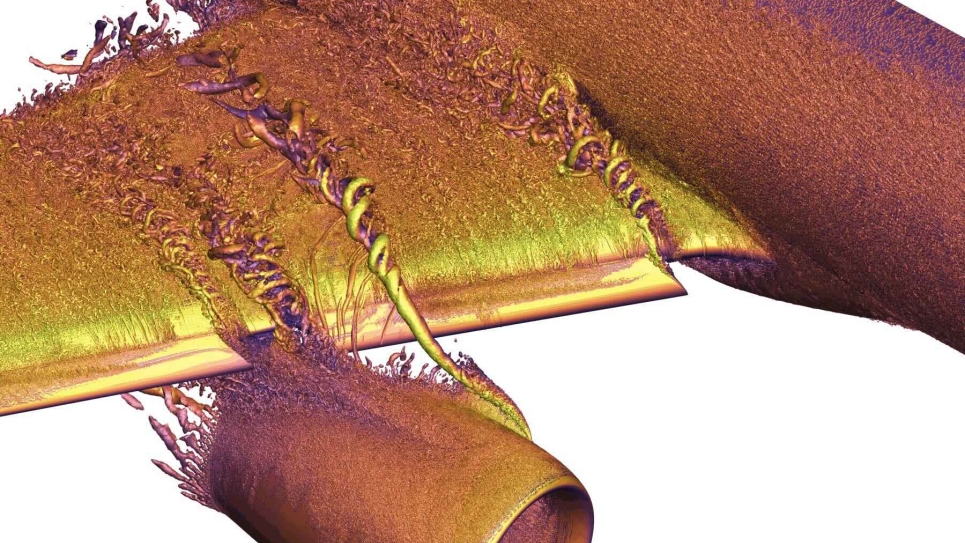
Using Exascale Computing for New Insights into High-Lift Ground Testing
Given the critical role of the U.S. commercial aviation industry in our national economy, it is imperative that the nation maintains its leadership in this area on the world stage. The ability to successfully and reliably predict high-lift flows experienced by modern transport aircraft is a top priority for the technical community. To certify a new aircraft for commercial service, manufacturers must demonstrate compliance with regulatory requirements, many of which focus on high-lift performance such as takeoff and landing. Historically, these requirements have been met through ground- and flight-test certification campaigns. The financial burden associated with such endeavors is estimated at nearly one billion U.S. dollars per aircraft design. However, regulatory agencies may accept computational results as a substitute for test data if the approach can be shown to be reliably accurate. In this INCITE effort, a NASA team is aiming to execute a computational campaign carefully coordinated with an ongoing series of wind-tunnel tests taking place at the National Transonic Facility located at NASA Langley Research Center. These activities support an important NASA milestone to be reported to Congress. The exascale-class Aurora system offers unique and timely computational power to tackle the challenging physics associated with high-lift flows. Successful execution of this effort offers the potential to dramatically reduce costs associated with extensive physical testing campaigns, accelerating the time to market for new aircraft designs and ultimately ensuring that the U.S. remains positioned at the forefront of the global aviation community.